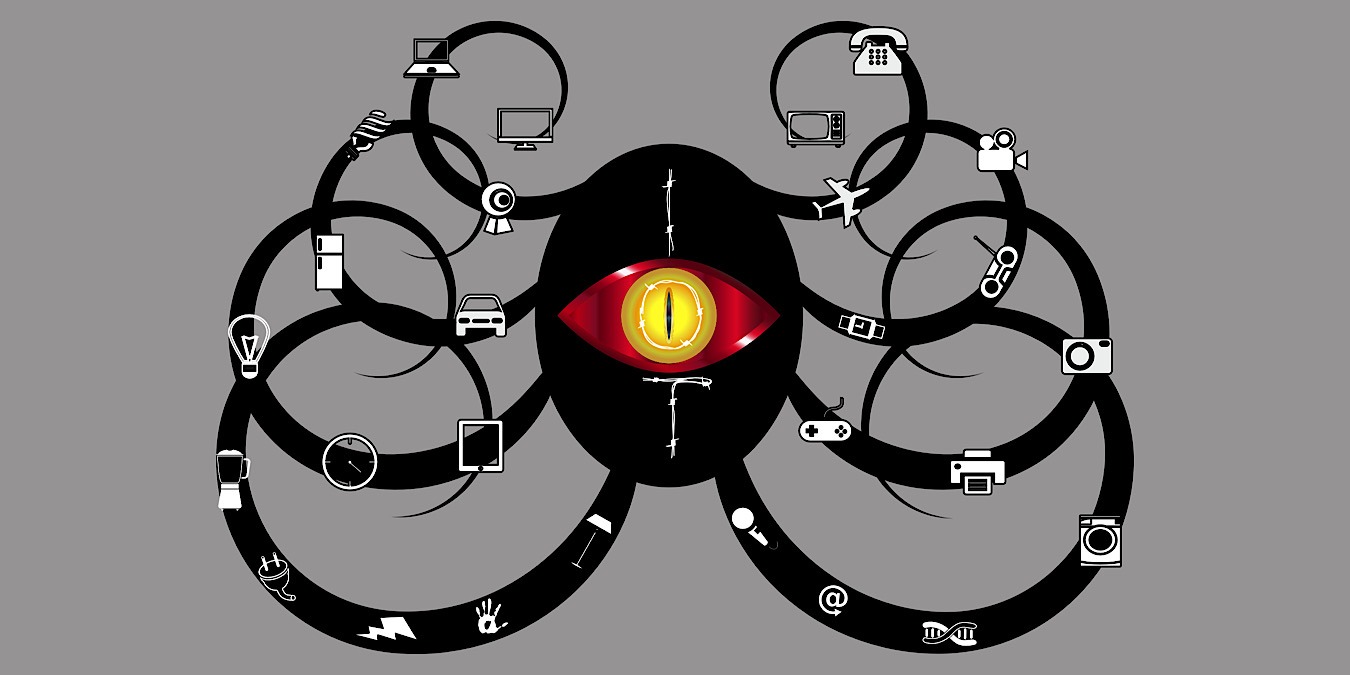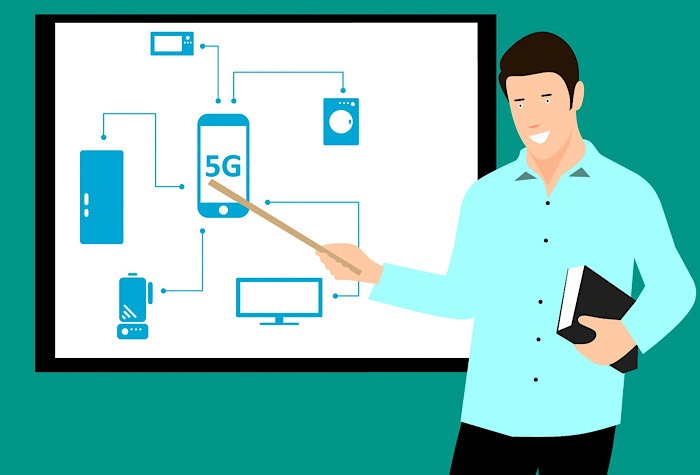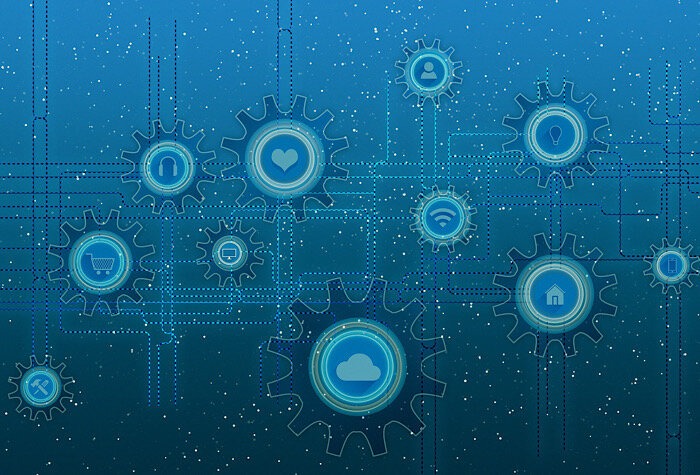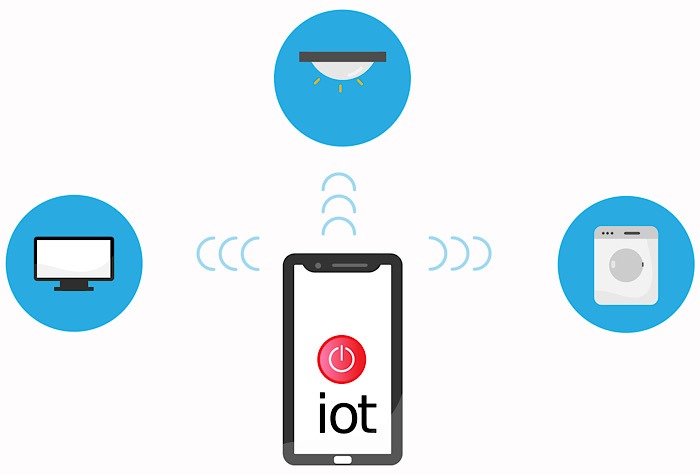
2020 was a good year for technology. With so many people confined to their homes, they entertained themselves, worked, and learned with the help of the Internet. Additionally, it came up at a time when it was adjusting with the rise of 5G, edge computing, and IoT. Predictions indicate it’s all going to explode together.
Moving to the Edge
It’s believed that edge computing will grow at a compound annual rate of 19.9 percent in the next four years. This is because of the growth of the Internet of things market, be it business, residential, or in the field. It’s causing businesses to reassess their IT departments and question whether they should start moving them to the edge.
“Technologies like AR (augmented reality), VR (virtual reality), and autonomous vehicles are expanding,” explained Kurt Michel, SVP at edge infrastructure provider Veea.
“If companies and consumers want real-time responsiveness for these technologies, they have to find a way to move processing away from the center of the enterprise and out to the edge.”

This is leading companies to start migrating processing and pre-processing at the edge to help with the demands for bandwidth and networks. Data can be stored in-house for now and be moved to the cloud later.
It seems like a foregone conclusion that moving to the edge is a wise move, but a further question is when to do so to get the most value out of the IoT boon and the spread of 5G.
Edge as a Service (EaaS)
It’s not even a question of moving to the edge but which edge. “One of the ways that we address the need to process more data directly at the edge in these new data architectures is through a process we call Edge as a Service (EaaS),” said Michel.
“With Edge as a Service, a company can begin to unlock services for processing, data storage, etc., directly at the edge. The company can establish ‘micro’ data centers that are only a hop or two away from where the data is being generated. This deployment enables more effective bandwidth usage, and it can also be scaled out to support many IoT devices and data collection points.”

IoT is just causing such a demand in many different areas that it’s leading to a need for different solutions, such as EaaS. Everything seems to be connected.
“Through the years, we’ve seen the pendulum swing between centralized and distributed processing,” continued Michel.
“So, in a sense, what we are witnessing with EaaS now is nothing new. It is just another pendulum swing from centralized processing to more processing at the edge that is readjusting that balance between the data and processing that we centralize, and that which we distribute. Now with the coming of 5G, there will be more push to deploy AR, VR, and other bandwidth-heavy technologies. Taking a look at EaaS is one way that IT can get ready for it.”

And now you see how 5G works into the process with IoT and the edge. With faster network speeds, it’s making everyone dream about all the great things they’ll be able to do, such as involving AR and VR.
But it all starts with IoT. The demands are changing everything. We want more, and we want it faster. We want smart home devices and want them to be networked. We want these same capabilities at work – if we ever get back there – we may need to find a way to make it work with everyone working remotely. We also want it in our vehicles.
Luckily, technology is keeping up with our demands and is willing to adapt and bring it all together, with 5G, IoT, and the edge. Maybe the questions aren’t how or when but which of the multiple routes to take.
If you’re interested in learning more about the connections between 5G and IoT, check out 5G Limitations and What They Mean for IoT.







